Since 2010, Disney has released (mostly) live-action remakes of some of their classic films, originally these started off with them being sold as a reimagining, such as Sleeping Beauty from the villain’s point of view, which was the premise of “Maleficent”, however as time goes on and more have been made, they have become more remake than reimagining, with the latest being “The Lion King”.
But with live-action versions of “Mulan”, and “The Little Mermaid” on the way, are they running out of classics? Most of their current remakes are from their “renaissance” period, and only a few films from this time remain without remakes. Is Disney still capable of their classic magic? Or are they forced to rely on nostalgia?
Once Upon A Time
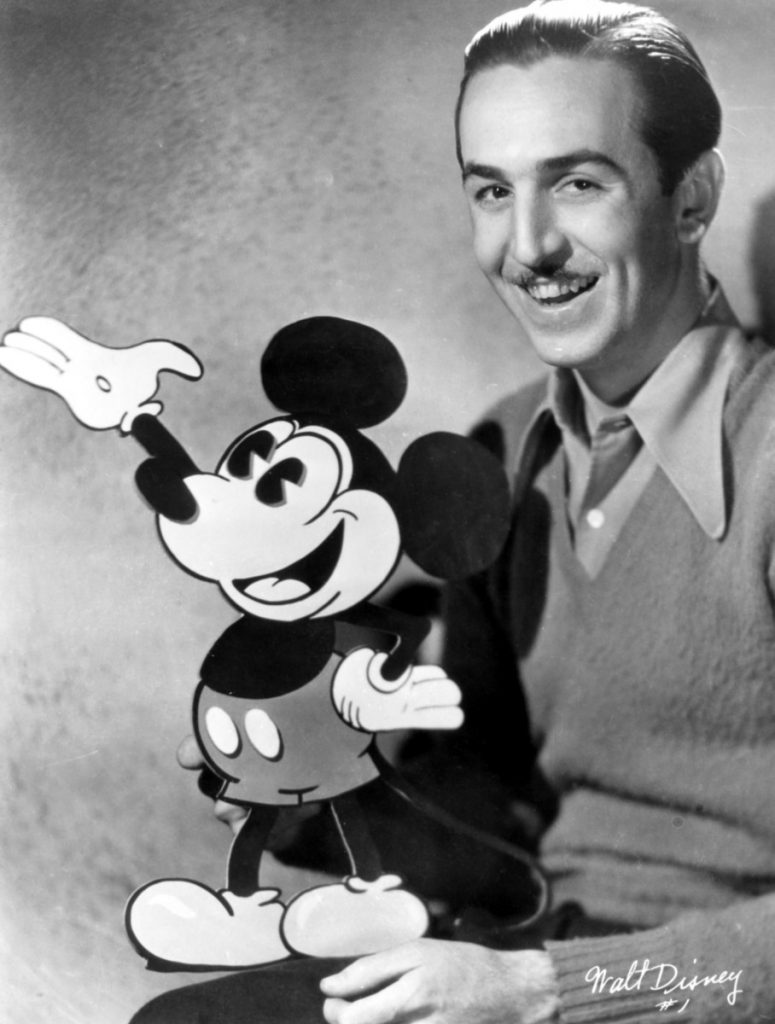
Disney has been around since the 1920’s when they produced cartoons featuring Oswald the lucky rabbit. When they lost the character rights to their distributor, they had to create a new character, Mickey Mouse.
After the Mickey Mouse cartoons became popular, merchandise featuring the character also became popular. This led to the company’s first feature film, “Snow White and the Seven Dwarves”. Several classic animated features followed, as well as a theme park, with Disney quickly becoming a household name.
A New Fantastic Point Of View
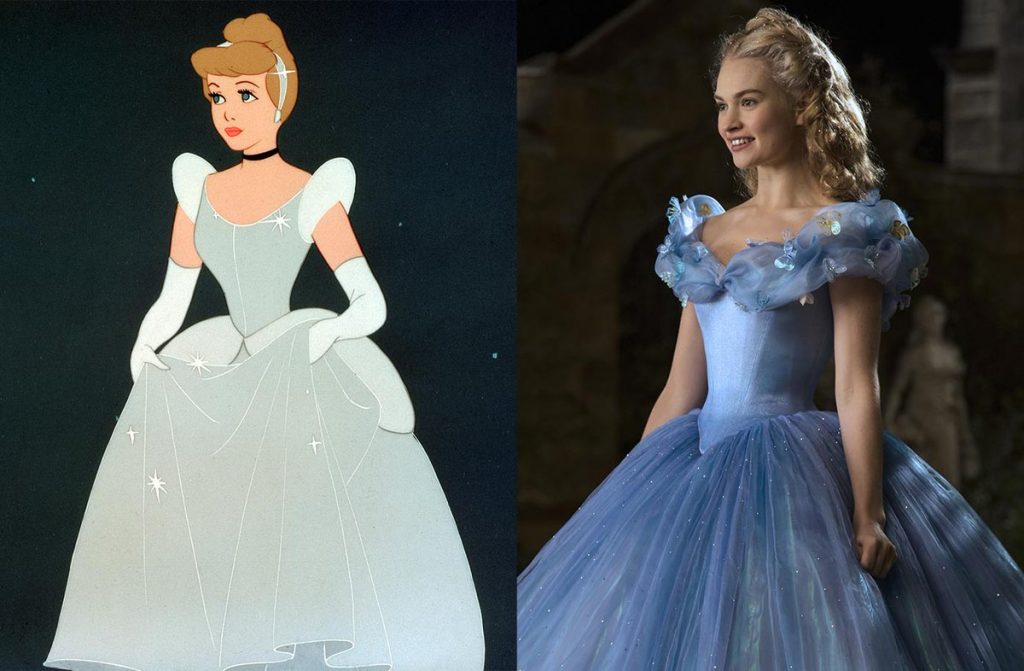
Disney has relied heavily on nostalgia in the last decade with their remakes and it’s working. This trend arguably started with 2010’s “Alice in Wonderland”, which is a rather unique interpretation, as with Maleficent, with a different point of view, however the 2015 version of Cinderella is very faithful to the original, but adds some additional backstory to give her more agency, one of the criticisms of the original story. This version received mostly positive reviews, although some critics were disappointed with the lack of innovation.
This was followed by Jon Favreau’s “The Jungle Book” another faithful adaptation, with artistic license used on the animals to make them seem more intimidating, whilst also capturing an actor’s performance, it was another big hit for Disney. The technology and techniques used would lead to Favreau remaking Lion King.
A Tale As Old As Time
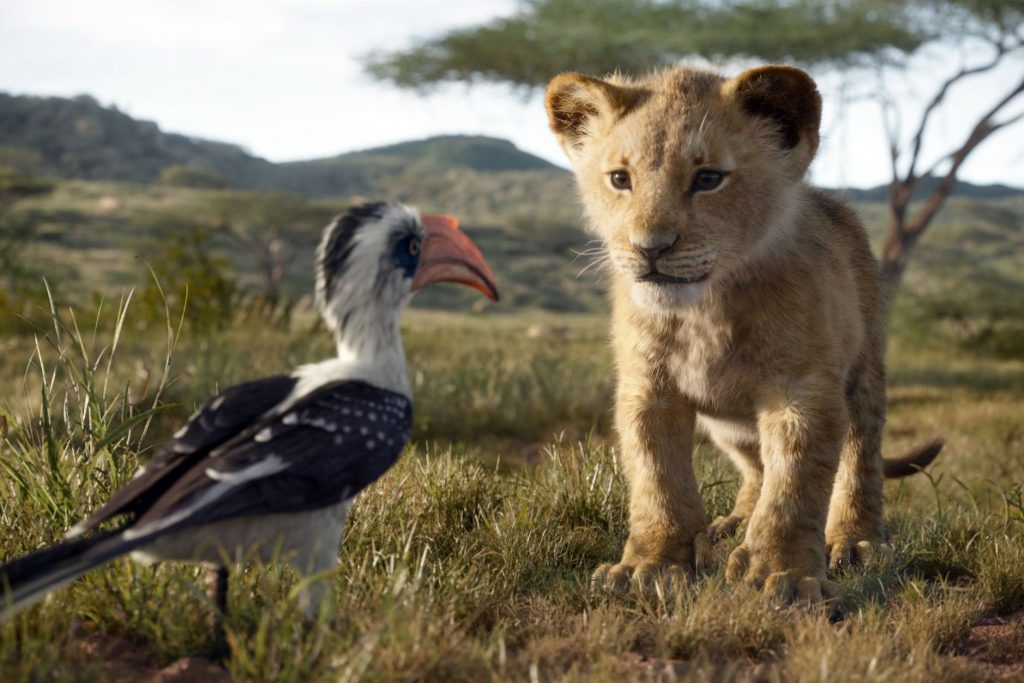
Disney’s next remake was “Beauty and the Beast”, this received similar reactions to the Cinderella remake which may be something to do with the director having similar intentions. This was followed by “Christopher Robin” which acted more like a continuation of the “Winnie the Pooh” franchise, rather than a remake.
2019 saw three different remakes: “Dumbo”, “Aladdin” and “The Lion King”, which opened to varied reviews from critics and audiences alike. “Dumbo” stretched the original’s length by almost an hour, which generally bored most viewers, and is actually the worst-reviewed of the remakes (not including the “Alice in Wonderland” sequel).
“Aladdin” and “The Lion King” stayed fairly close to the originals, albeit with some added elements, and with a recast Genie and photorealistic animals respectively. While the visuals of these were praised, many think they lack some of the heart of the originals are a little soulless.
Let’s Get Down to Business
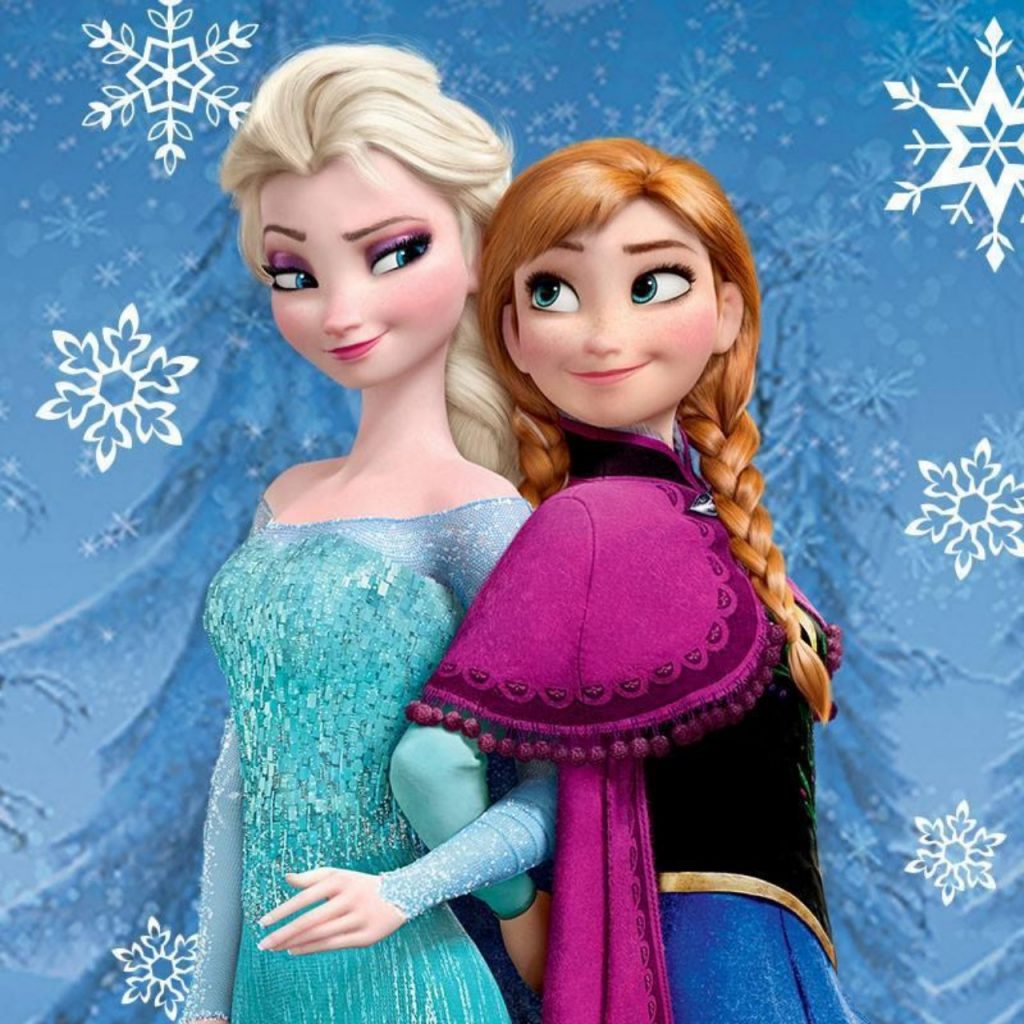
Disney has several live action adaptations of other projects in the works, with only a handful of original (i.e. not sequel or remake) films to be released until 2023. They could be moving away from original stories, as sequels and remakes of proven franchisees are always more profitable than something completely new.
However, the studio has proven that they can still produce iconic, original stories, just look at the impact “Frozen” had, (and Frozen 2 will likely have when it’s released at Christmas). Which is arguably as big a hit as any of their “renaissance” films. “Moana” a traditional Disney fairytale, but focusing on a Polynesian village and culture, proves that they are still capable of producing the magic that we know them for with original tales.
One possible attitude is that Disney is seeking to “modernise” it’s classics, by bringing them up to modern day standards and attitudes. Both the “Cinderella” and “Beauty and the Beast” remakes especially give their lead princess more agency in an attempt to move away from the criticisms of the traditional versions. Pixar’s (which is owned by Disney) “Ralph Breaks the Internet” features several scenes poking fun at the princesses, which some argue is an attempt to breakdown the stereotypes the films have produced.
The live-action remakes will continue while Disney still has films left (although don’t rule out another set of remakes in another 20-30 years), but it would be unfair to say that they have run out of original stories quite yet. Time will tell whether any of them will become as iconic enough to deserve their own live-action remakes.
Also Read: Disney Strikes Back: Disney+ Breaks The Internet


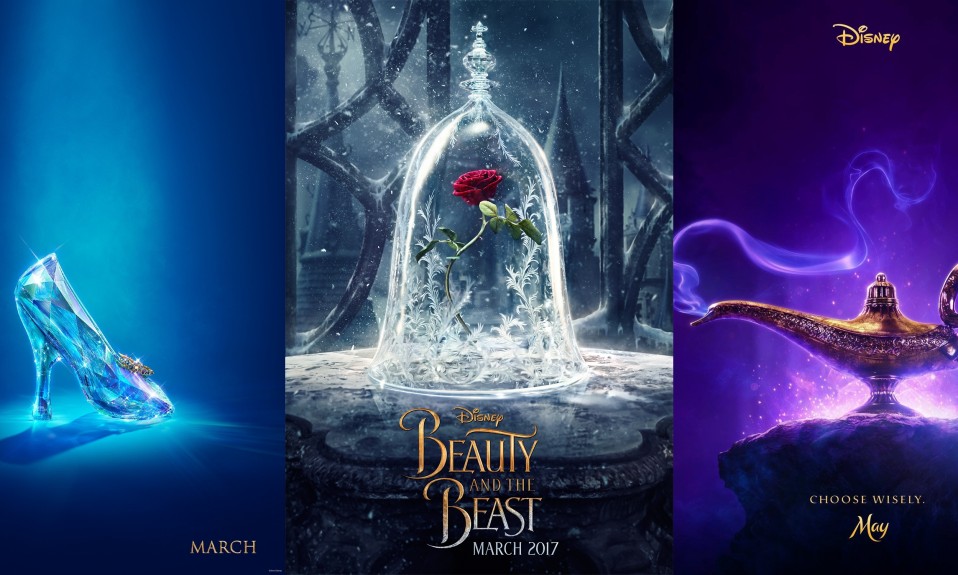

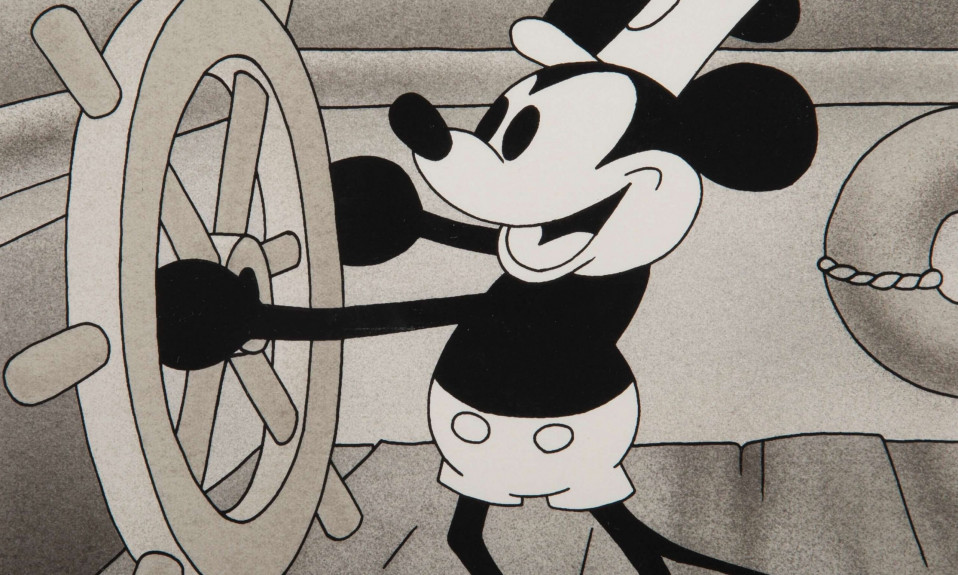
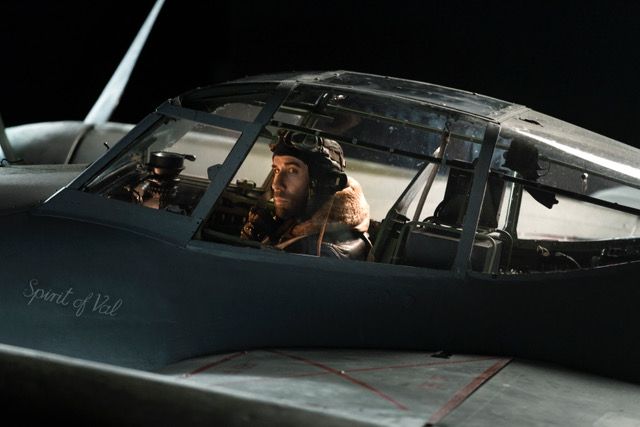








1 Comment
Comments are closed.